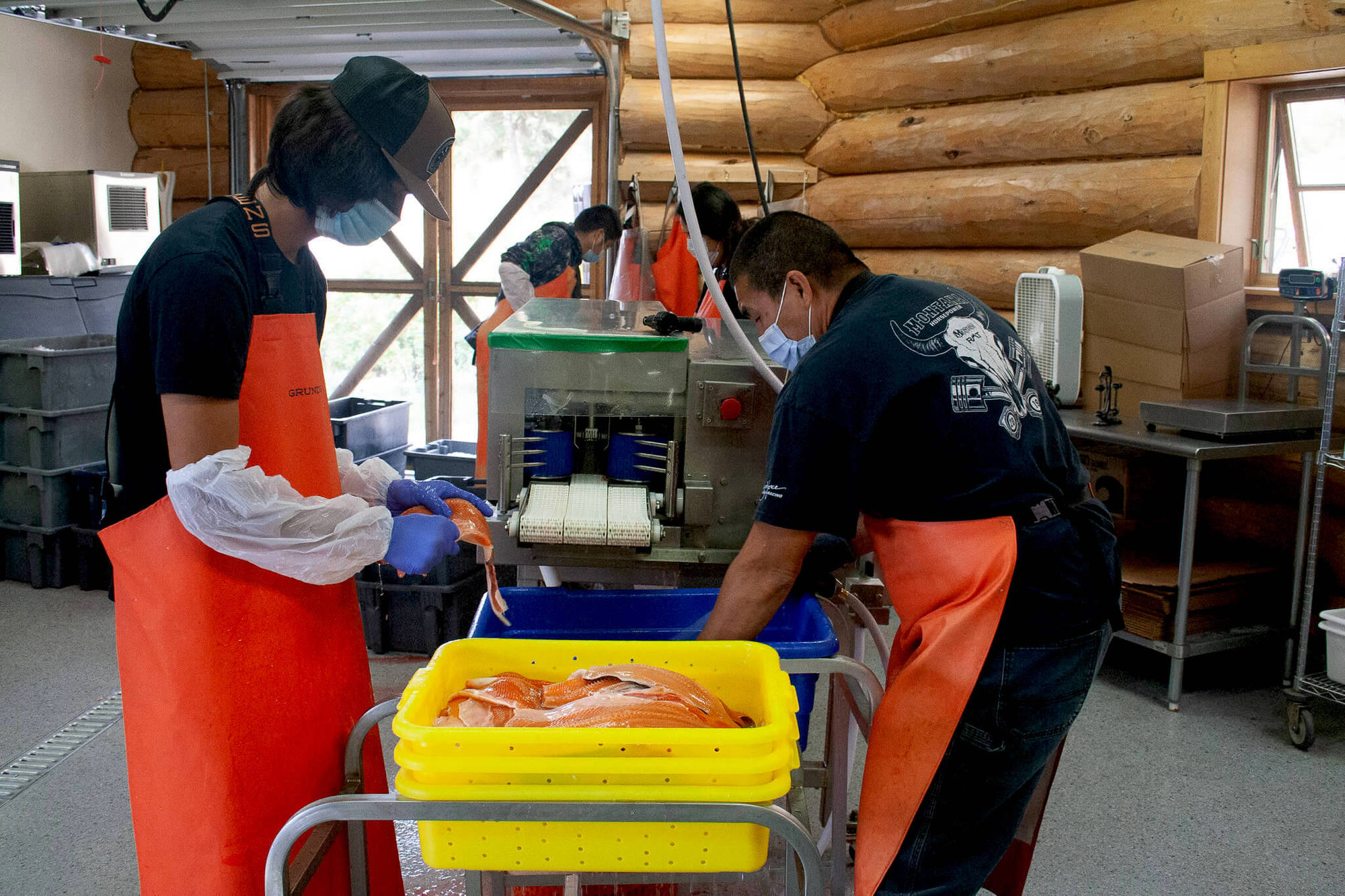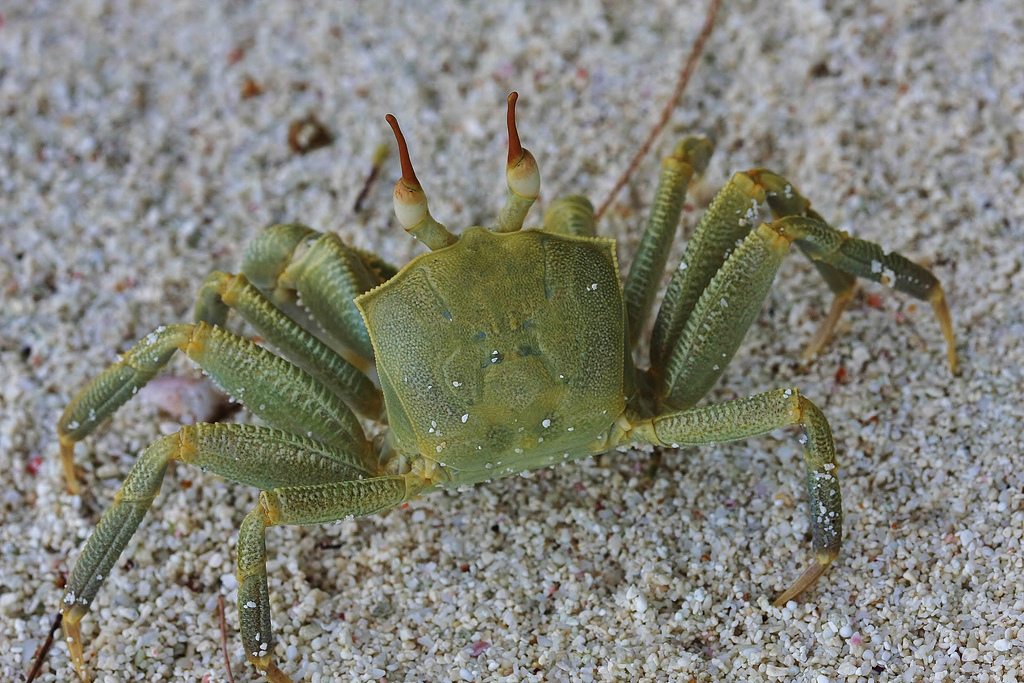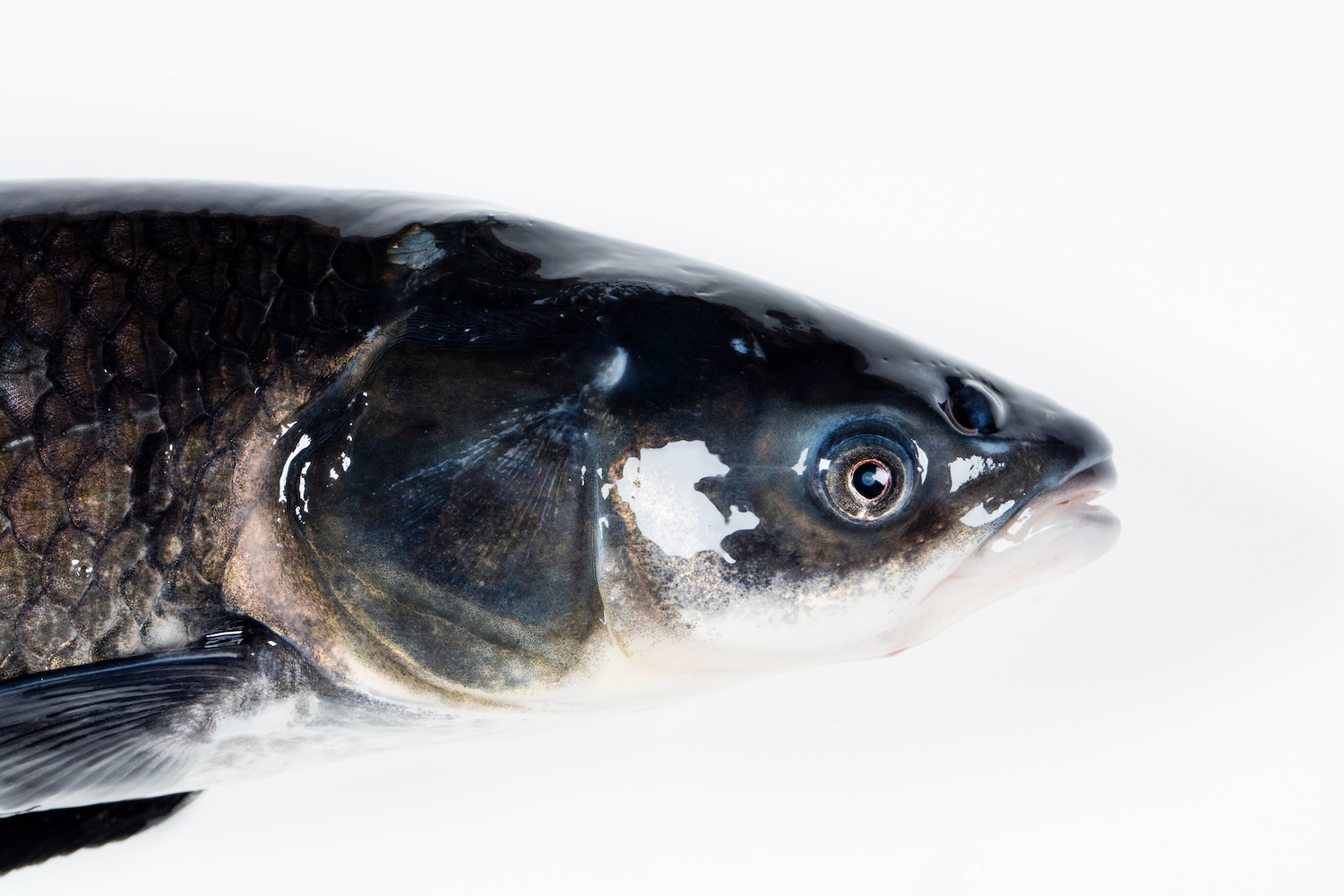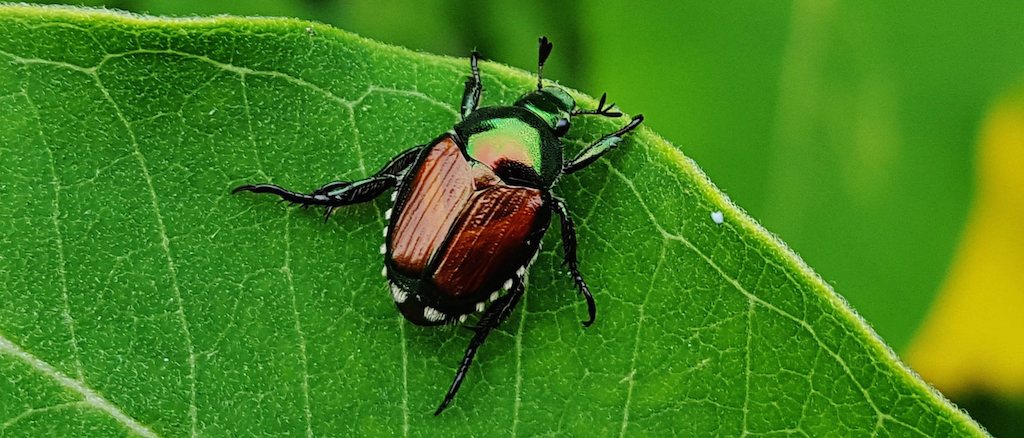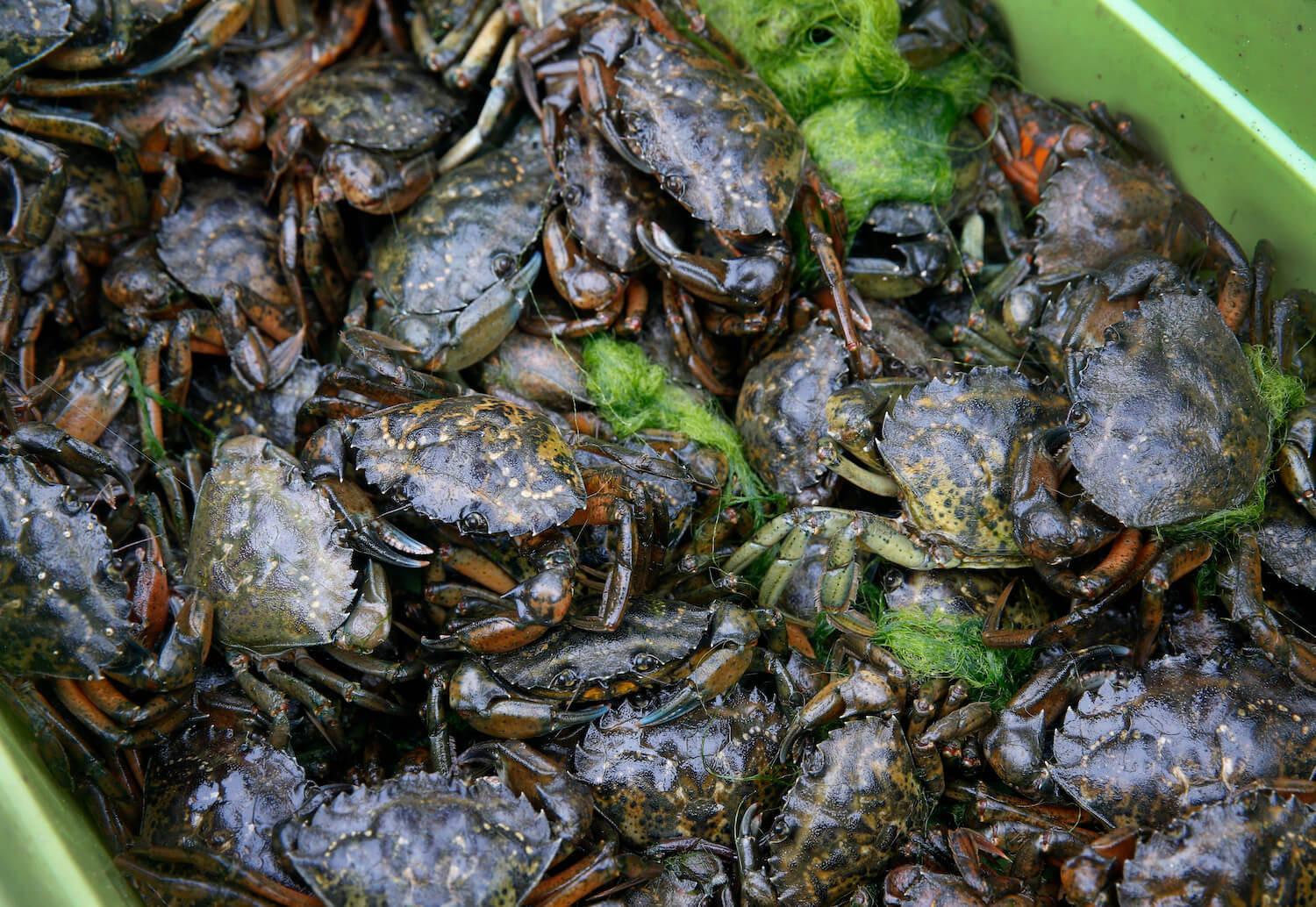Nonnative species can decimate indigenous wildlife and cause other problems. Eating the newcomers may help.
A few years back, I stumbled upon a North Carolina-based maker of kudzu jelly. I started brainstorming how to enjoy the fast-spreading plant that supposedly swallowed the South whole. Kudzu shu mai to replace my fave chive dumplings! A novel pesto! Green smoothies! My culinary kudzu aspirations were revived this week by a Popular Science article about what Vermont conservation biologist Joe Roman calls “invasivorism,” which urges us humans to nosh on delicious creeper species altering our landscapes. Or, in a specific example, to see nutria “as not just a swamp rodent but also a potential egg roll ingredient.” This is consumption as containment and menu environmentalism; some restaurants are serving lionfish (which decimated populations of other fish around the Caribbean not so long ago) and European green crabs, which so gorged on American shellfish that its arrival in our waters cost the seafood industry an estimated billion dollars over 25 years. Will such eating have an impact? Maybe not, and it could create a market with unintended consequences. But it’s still useful to examine what we consider “edible” and to do something more than throw up our hands at the incursions of non-native wildlife. And it could be a nourishing way of coming to grips with the fact, as Vox recently noted, that climate change is shifting many species’ geographic ranges. Maybe it’s time to stop calling them “invasive” and to start thinking about them as food, not foes? —Cynthia R. Greenlee
